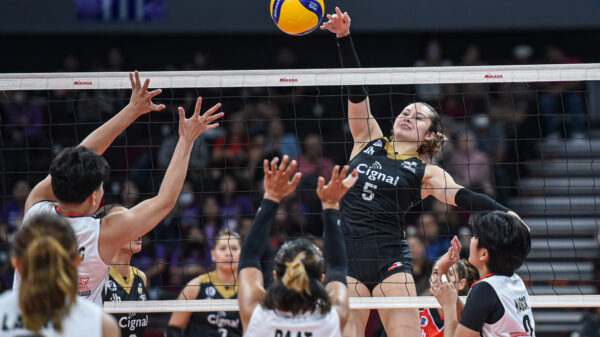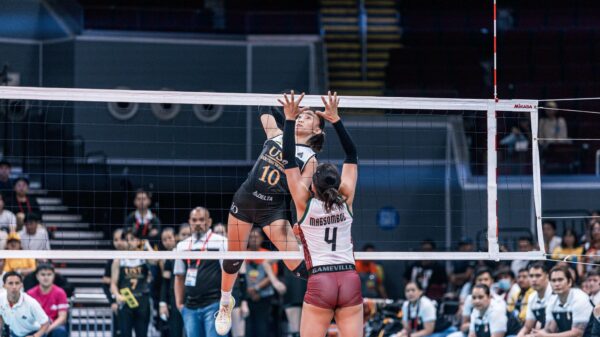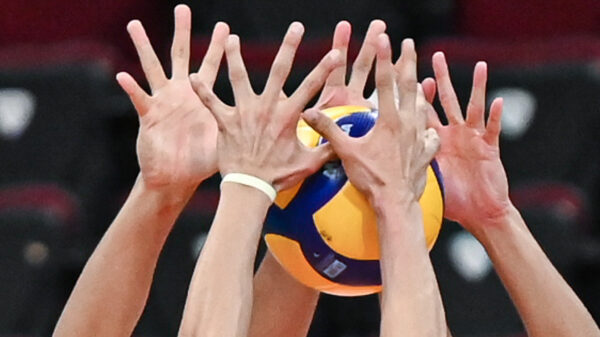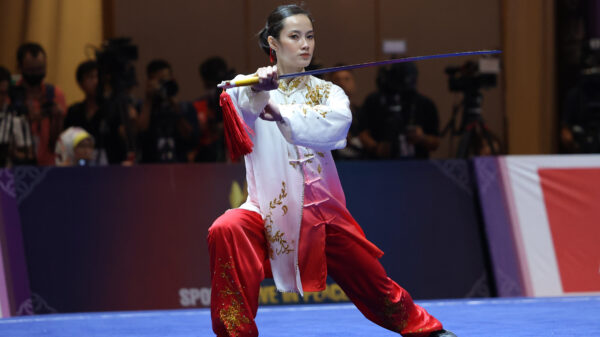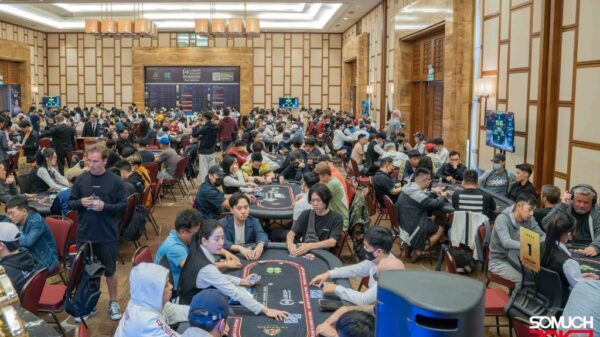After last week’s guide on choosing irons, allow me to now give my opinion on iron shafts. At 45 years old with about 30 years of golfing behind me, I’ve tinkered and tested quite a number of clubs and shafts over the years.
As a young golfer in the 90s, my main focus was learning the game and getting to a single-digit handicap. My dad was my “inspiration,” well, more of my target. As most of my golfing friends know and have experienced, my dad was very competitive when it came to golf. He loved to talk trash and would rib me and my friends whenever he beat us. “Tinalo na naman kayo ng matanda (The old man beat you once again),” was one of many lines he’d utter after beating us. Having played since the 1960s as a junior, he was pretty good, maintaining a handicap of around 6 or 7 until late into his 60s.
Being a Class A golfer for most of his life, my dad didn’t like getting beaten, even by his son. So it was always fun competition whenever we played. Being an old school golfer, he wasn’t too impressed by technology. He was of the “it’s the Indian, not the arrow” school of thought. That was until he reached his 50s and had to accept that he can’t hit the ball like he used to. He replaced his blades with cavity-back, super game improvement irons, took the long and mid irons out and put hybrids in the bag. He also got rid of steel shafts altogether. He still refused to get custom-fit shafts and chose clubs on how “it sits” when he gripped it and put it down and chose shafts after giving them a few waggles.
But limited as his embracing of technology may have been, taking advantage of lighter shafts, hybrids, and game improvement irons ensured that he enjoyed the game and didn’t lose too many yards even when he was already in his late 60s.
When I got to consistently breaking 80 in the late 1990s, I was in my early twenties. Thinking I was good enough to play equipment meant for professionals, my next iron sets were mostly blades with stiff steel shafts. Of course, they felt great when I was swinging well. But eventually, reality set in and an honest assessment of my game was needed.
When is it time to shift?
Most iron sets are sold with steel shafts. Steel shafts are cheaper, more durable and cater to a wide range of players. I used to always play steel, from Dynamic Gold S300s, to Project X 6.0s, to KBS tours, to Nippon NS Pro, and to my last steel shafts, Nippon Modus. From my teens to my late 30s, I had no problems with steel shafts and loved the stability, the feel and the predictability steel shafts had.
In my early 40s, however, I noticed that I had a tendency to make bad swings late in the round probably due to fatigue. It became tiring towards the last few holes and on some days, I felt a bit of pain in my wrists, forearms and elbows after successive rounds. I also noticed my ball flight getting lower and lower through the years. It was then that I thought of giving graphite iron shafts a try.
Before purchasing a set of graphite irons shafts, I wanted to test some first. My dad’s long irons were in graphite and they were just hiding in a closet, never been hit because he used hybrids from 3h to 6h. So I took my dad’s 4-iron to the range and to my surprise, was hitting them high and straight. Mishits also didn’t sting and still went a good distance. To be honest, I found his 4-iron easier to hit than my own steel-shafted 6 iron. I was sold and never looked back since. I currently play Recoil graphite shafts in my irons at 95 grams. They feel lighter, but more importantly, feel just as stable and as buttery as my previous Modus shafts. They also helped with hitting the ball a little higher.
So should everyone shift to graphite? Honestly, yes, especially for those over 40 years old. Unless you’re a pro who goes to the gym and can swing it fast, graphite shafts are the way to go. Even top local amateurs are moving away from steel and sticking graphite shafts into their clubs.
There are just too many advantages to pass up. And with technology improving graphite iron shafts constantly, newer graphite shafts have taken the best characteristics of steel and improved on them. If you’re reading this and are still playing steel shafts, you owe it to yourself to try some graphite shafts. They may initially cost more, but having a properly fit set of graphite iron shafts is well worth it. You can use them with your current gamers and when it’s time to upgrade, you can always stick them into your next set. My current shafts have done wonders for me and I’m sure a shift to graphite will benefit a vast majority of golfers. Try them out!



